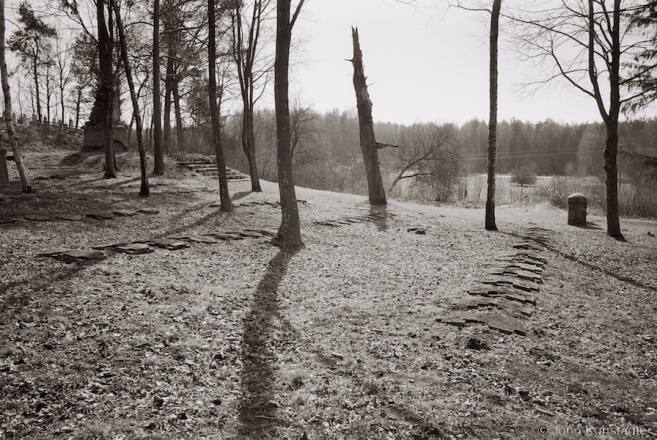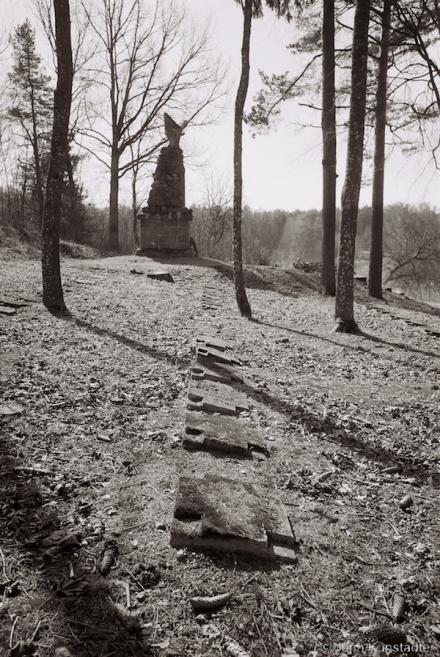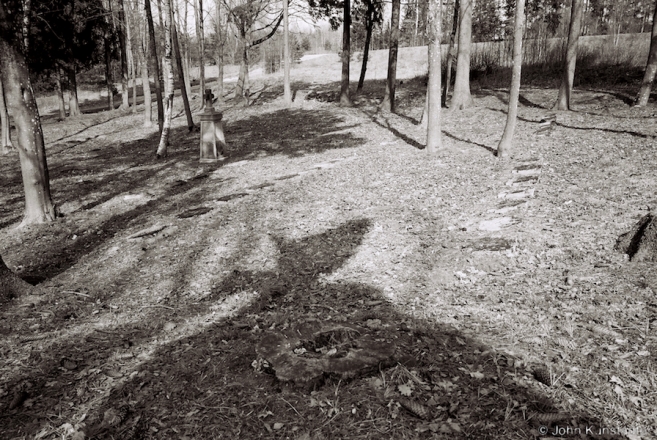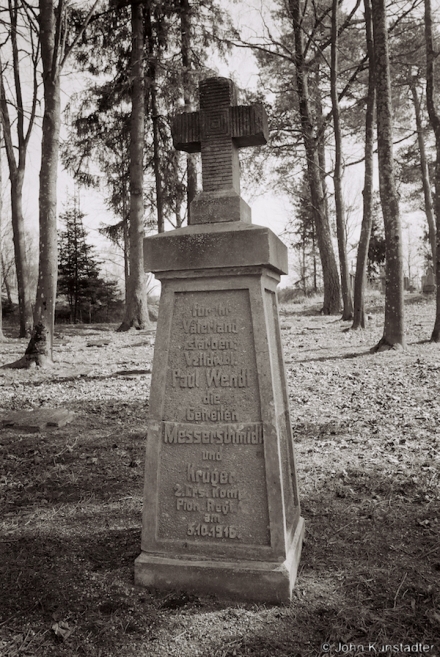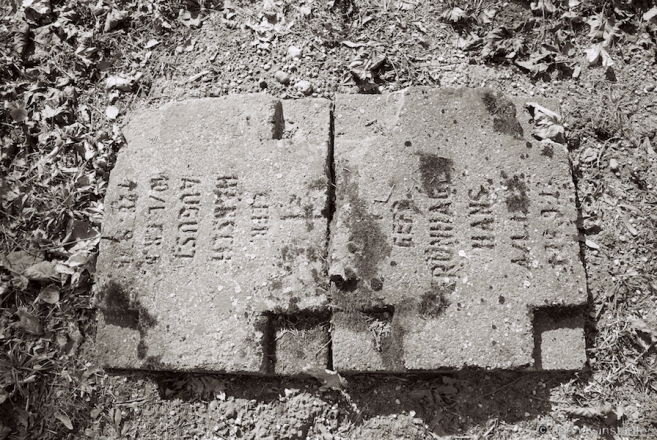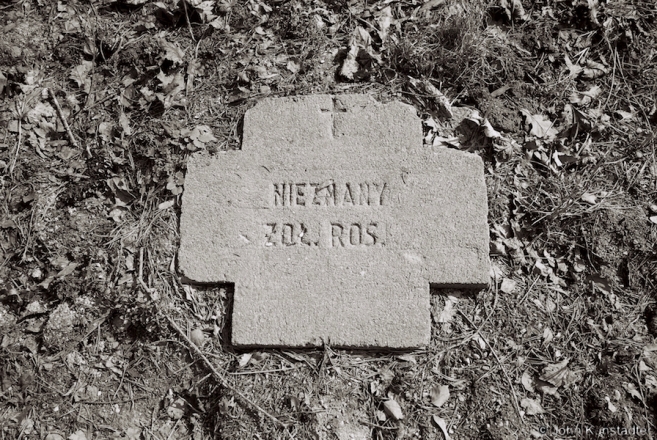Photo survey of the patrimony of Smarhon’ District 2016: Kreva, Vojnjevichy, Poltaraushchyna, Asany, Panara, Tatarshchyna, Hlinna, Karavai, Haljashonki, Vjalikaja Mysa, Kamunarka (Laptsikha), Bazary, Aljeshyshki, Kuty, Lastai
Фотавандроўка па спадчыны Смаргоньскага раёна 2016 г.: Крэва, Войневічы, Полтараўшчына, Асаны, Панара, Татаршчына, Глінна, Караваi, Галяшонкі, Вялікая Мыса, Камунарка (Лапціха), Базары, Алешышкі, Куты, Ластаі
World War I cemeteries (part LVI): German cemetery.
From September 1915 to November 1917 the German, Austrian and Russian imperial armies, indifferent to the rights of the Belarusian nation, contested part of the World War I Eastern Front on a static southwest to northeast line across Belarusian lands. According to Belarusian photographer-historian Uladzimir Bahdanau, during that time the German, Austrian and Russian imperial armies established more than 300 military cemeteries along this section of the front. Estimates vary from 106 to more than 150 German cemeteries which remain or whose former sites are locatable.
After World War I the newly-formed German War Graves Commission (Volksbund Deutsche Kriegsgräberfürsorge — VDK or “Volksbund”) paid the government of the Second Polish Republic to look after German war cemeteries on Polish territory. Between 1921 and the joint Nazi-Soviet invasion of September 1939 Polish territory included the western Belarusian lands (thus Poltaraushchyna). The Poles undertook careful exhumations and where necessary reburied soldiers’ remains under new concrete crosses or tombstones with inscriptions in Polish. In many cases, as here in Poltaraushchyna, German cemeteries contained remains of soldiers from the Russian imperial army; the Poles treated those remains with equal respect.
In stark contrast, at no time did the Soviet regime show interest in honoring Russian imperial army graves in territories under Soviet occupation. After occupying the western Belarusian lands when it invaded Poland in September 1939 together with Nazi Germany and again after driving the Germans out in 1944, the Soviet regime neglected, or allowed the destruction of, World War I cemeteries there. Some local Belarusian authorities continue to allow depredation of German World War I cemeteries to this day, for instance in Bartashy (Shchuchyn District) in 2018.
Since the collapse of the Soviet empire, the Volksbund has joined the efforts of Belarusian volunteers and local historians to put some of the German World War I cemeteries in Belarus in order, as here in Poltaraushchyna.
Могілкі Першай сусьветнай вайны (частка LVI): нямецкія могілкі.
Grave of an unknown soldier of the Russian imperial army. The Polish authorities carefully reburied this soldier’s remains under a new gravestone, whose inscription in Polish reads “Unknown Rus. soldier”.
Магіла невядомага салдата Расейскага імперскага арміі. Надмагільле часоў Другой Рэчы Паспалітай, калі польскія ўрады, з дапамогай Нямецкай народнай камісіі ваенных магіл (Volksbund Deutsche Kriegsgräberfürsorge) асьцярожна даглядзелі нямецкія могілкі Першай сусьветнай вайны.

